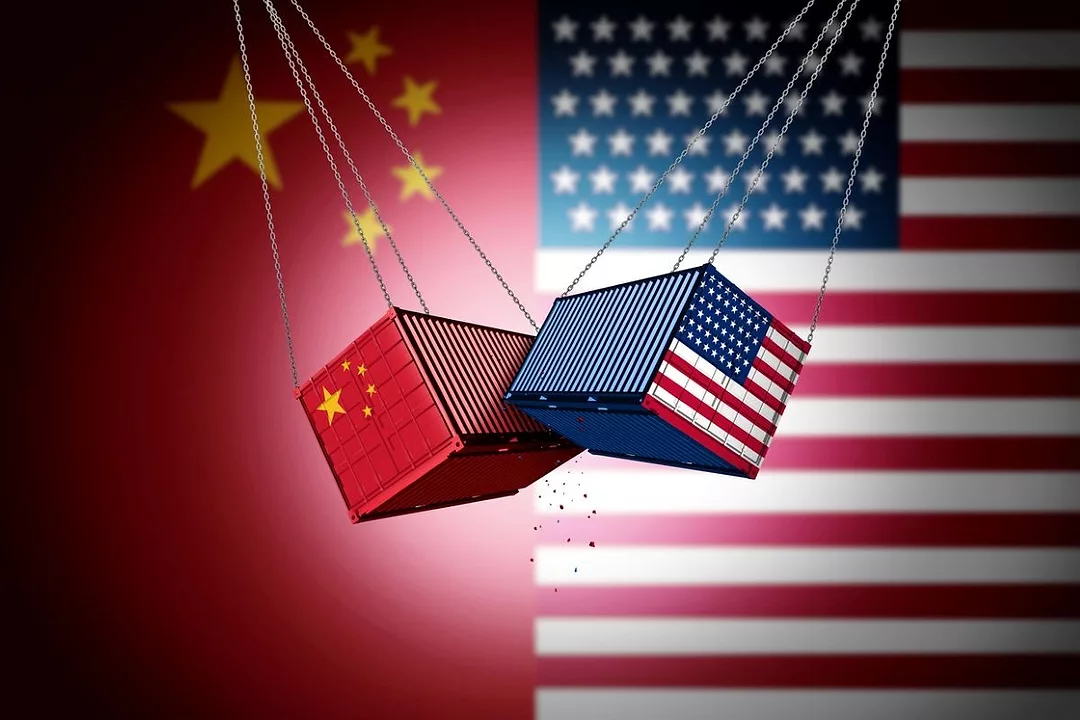The trade relationship between the United States and China has reached a critical juncture, marked by escalating tensions and a series of retaliatory tariffs. Earlier in 2025, the U.S. imposed a staggering 145% tariff on imports from China, which prompted a reciprocal response from Beijing. Despite some easing of restrictions since the summer of 2025, uncertainty continues to loom over the economic interactions between the two countries.
The U.S. government is focusing on enhancing national security while mitigating risks related to supply chains. This includes efforts to boost domestic production capabilities. The Department of Commerce’s Bureau of Industry and Security (BIS) has enacted export controls on advanced technologies, such as semiconductors, which possess both civilian and military applications. In retaliation, China has implemented export controls on critical minerals and has blocked the use of certain advanced semiconductors, effectively sidelining American firms from its market.
Tariffs have been a significant aspect of U.S. trade policy, particularly under the administration of Donald Trump. The former President has cited various statutes, including the Trade Expansion Act of 1962 and the Tariff Act of 1930, as justification for these measures. Many domestic manufacturers have urged the International Trade Administration and the International Trade Commission to investigate instances of dumped or subsidized imports, which they argue threaten their industries. Successful investigations can lead to the imposition of antidumping or countervailing duties that remain in effect for a minimum of five years.
As of March 2025, the BIS has initiated 12 investigations under the Trade Expansion Act, assessing the national security risks posed by imports across a variety of sectors. This includes critical minerals, semiconductors, and medical devices, among others. Typically, these investigations culminate in recommendations to the President regarding the imposition of global tariffs, which have previously ranged from 25% to 50%.
Additionally, the BIS has introduced a new methodology that allows domestic producers to request the inclusion of further products under national security tariffs. Domestic manufacturers are also encouraged to initiate section 232 investigations similar to those concerning antidumping and countervailing duties. Several rounds of existing tariffs on Chinese imports, amounting to hundreds of billions of dollars, continue to complicate the trade landscape.
The U.S. and China have been engaged in trade tensions since the Trump Administration, and the U.S. has adopted a more aggressive stance in managing this relationship. This assertive approach is met with retaliatory measures from China, particularly affecting sectors with significant strategic importance. These ongoing economic rivalries reflect broader geopolitical dynamics, including competition over resources and influence.
Looking ahead, the U.S.-China trade relationship poses significant risks and potential volatility in tariffs. Companies operating in this environment are encouraged to adopt proactive strategies to enhance their competitiveness. Supply chain leaders must explore a full spectrum of options, including onshoring, nearshoring, and friend-shoring, to mitigate risks associated with these trade uncertainties.
Experts in international trade, such as Daniel Pickard and Natan Tubman from Buchanan Ingersoll & Rooney, emphasize the necessity for businesses to remain agile and informed about evolving trade policies. The landscape of U.S.-China relations is likely to remain complex, requiring ongoing attention from stakeholders on both sides of the Pacific.
